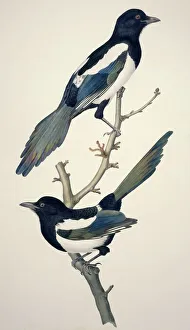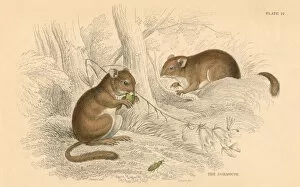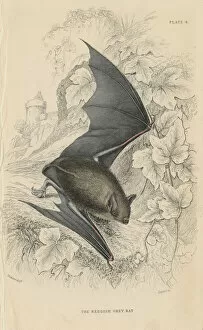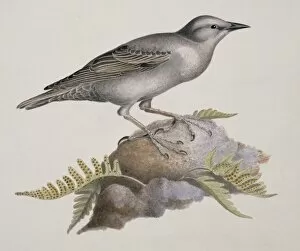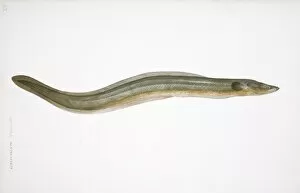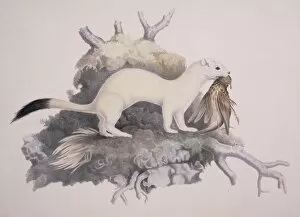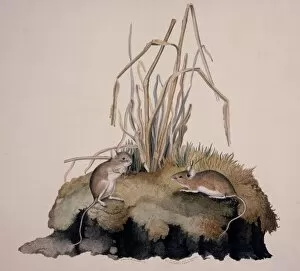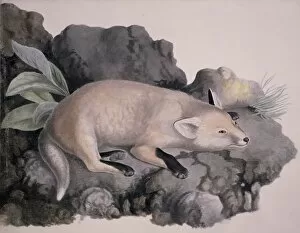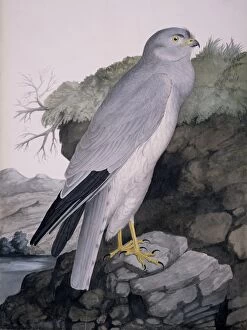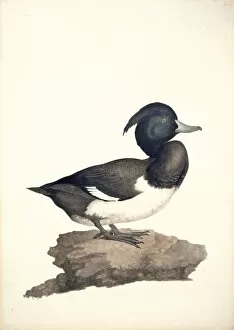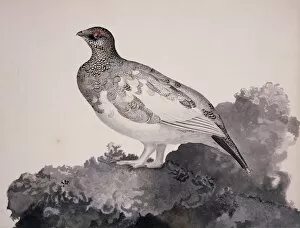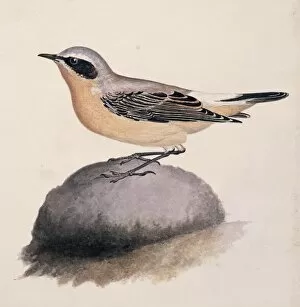William Macgillivray Collection
William MacGillivray was a renowned 19th-century artist whose exquisite artwork captured the beauty and diversity of various animal species
All Professionally Made to Order for Quick Shipping
William MacGillivray was a renowned 19th-century artist whose exquisite artwork captured the beauty and diversity of various animal species. His keen eye for detail is evident in his stunning depictions of common magpies, water voles, brown rats, red foxes, common dormice, red squirrels, hares, rabbits, harvest mice, Eurasian badgers, polecats, and stoats. Through his intricate brushstrokes and meticulous attention to anatomical accuracy, MacGillivray brought these creatures to life on canvas. In his masterpiece "Comon Magpies, " MacGillivray portrays the striking contrast between the birds' glossy black feathers and their iridescent blue-green hues. The viewer can almost hear their melodious calls echoing through the countryside. Another notable piece by MacGillivray is "Water Vole, " where he showcases this elusive creature also known as the black water rat. With its sleek fur glistening under sunlight filtering through reeds along a riverbank backdrop - it's truly a sight to behold. MacGillivray's talent extends beyond rodents; he captures the cunning gaze of a brown rat with such precision that one might mistake it for real-life vermin scurrying across an old wooden floorboard. The artist's fascination with wildlife continues with his portrayal of a majestic red fox amidst lush greenery in "Common or Red Fox. " Its fiery coat stands out against nature's vibrant tapestry while conveying both grace and resilience. In "Common Dormouse, " we witness this hibernating rodent curled up peacefully within its nest. The delicate strokes used to depict its soft fur invite us into its world during winter slumber. MacGillivray's love for arboreal creatures shines through in his depiction of a nimble red squirrel perched on a tree branch in "Red Squirrel.

